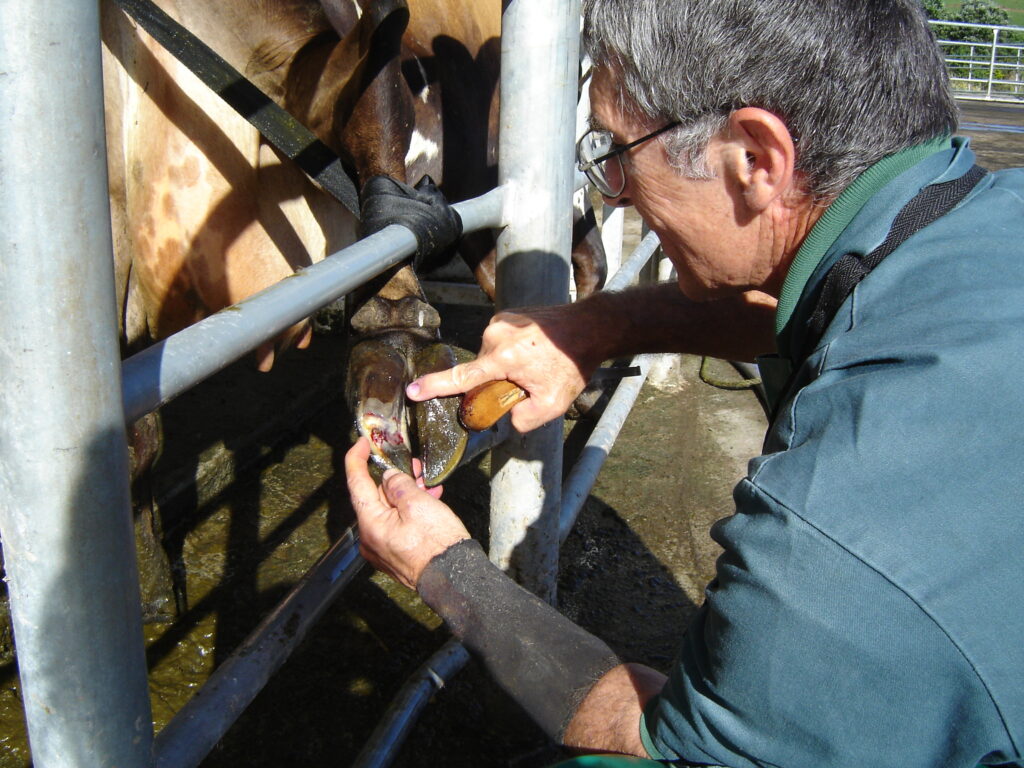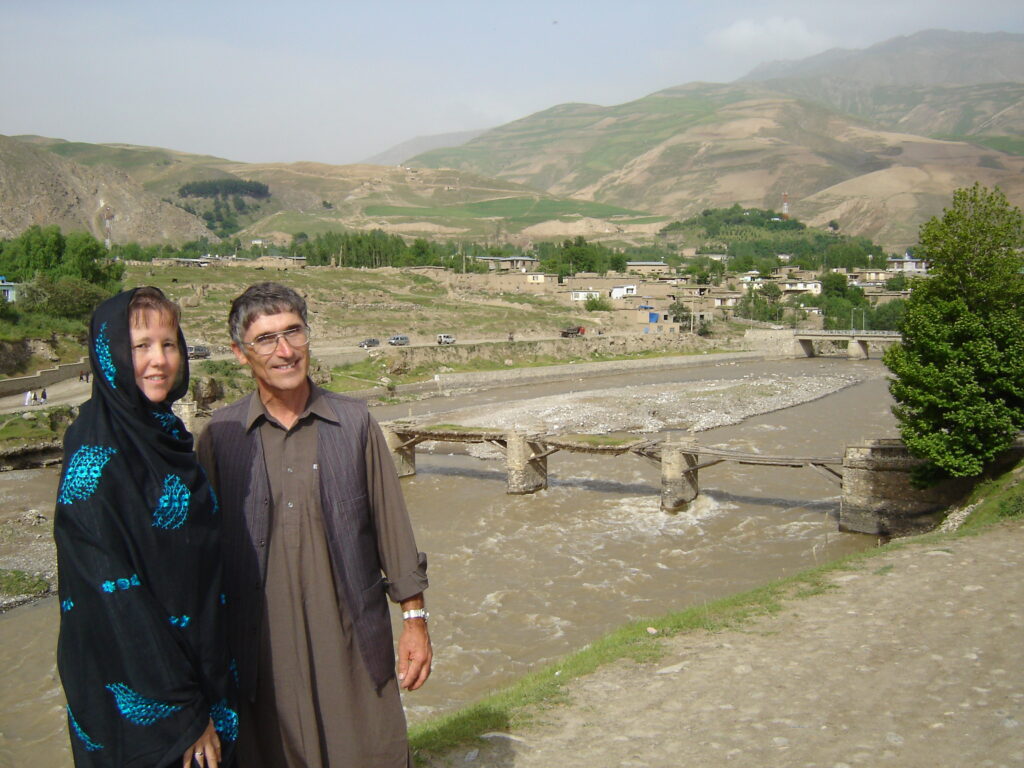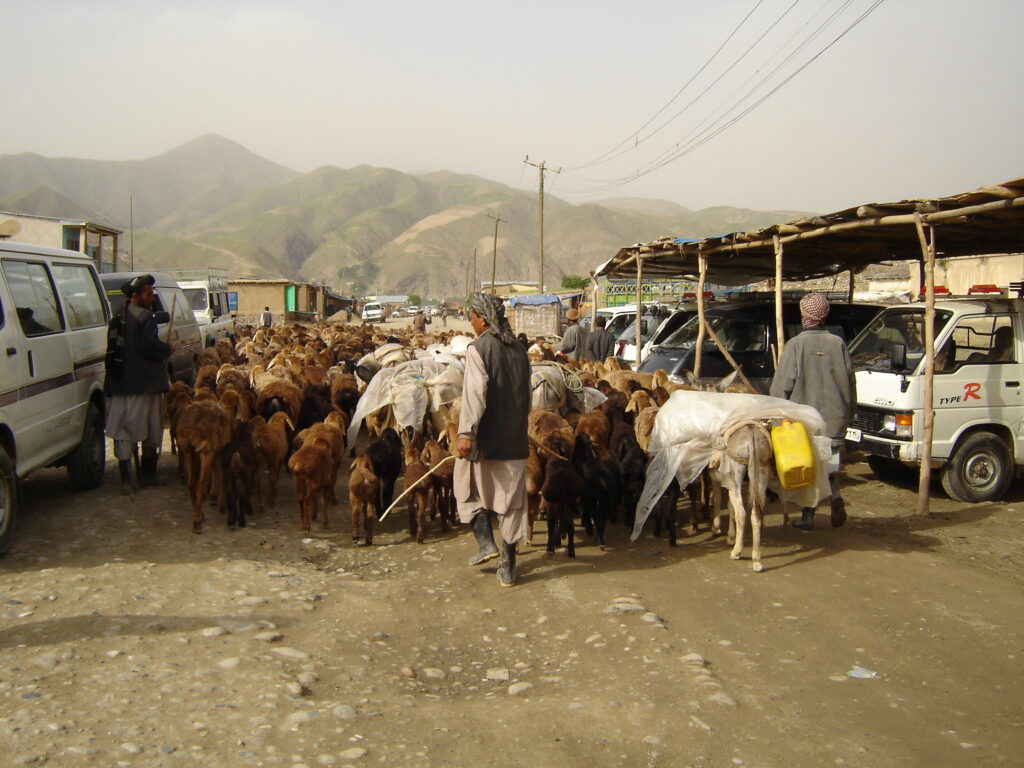It can be easy to dream up all manner of reasons to traipse around the globe on adventurous travels to far-flung and exotic locales, but Taranaki veterinarian Neil Chesterton and his wife Sandra had, quite literally, a lame excuse for doing so.
Neil is an expert on dairy cow lameness, and his research has allowed them to travel the world.
Now their travels feature in book penned by Sandra, Lame Stories from the Vet from Inglewood, which chronicles Neil’s lame cow journey.
“We always travel overseas together. In 2015 we travelled through Uruguay with an Argentinian vet, teaching vets and farmers about lameness. Neil always uses stories to teach, and the vet said that we should write a book because it would be a good way to teach farmers,” Sandra says.
“We didn’t do anything about it, so he mentioned it again. Neil told me that I’d have to write it because he didn’t have time. So I decided to put pen to paper.”
The original concept was simply to teach vets and farmers about lameness, but people kept asking her about their interesting travel stories from the many different places they’d travelled to, and the book evolved into the story of how Neil became a lameness expert.
“I teach by telling stories. I don’t like graphs and numbers; stories are more engaging. On your travels you see cows while you’re doing your work, but you also see the country. The farmers often take you out to look around the farms and countryside,” Neil says.
“Sandra hung up a piece of string with over 30 flags on it. She told me that each flag was from a country we’d visited to talk about lameness.”

The book took five years to write. Neil retold the stories, and their granddaughter, Eden, helped Sandra build a large storyboard to get the stories in order.
“A year ago I asked a friend who doesn’t know anything about dairy farming to read the book, to check that it was readable,” Sandra says.
“When she’d finished it she said, ‘I don’t know what an electric fence is.’ So I expanded portions of the book to explain things for the general public who had limited dairy farming knowledge. It was a balancing act to make it an enjoyable read for those within the dairy industry and the general public.”
They have been amazed with the overwhelmingly positive response to the book.
“The Inglewood Public Library didn’t charge us for the book launch and the local Inglewood Book Centre is selling our book on our behalf because we’re from Inglewood. The local support has been fantastic,” Neil says.
One of the most fascinating places they travelled to was Afghanistan. They arrived in the country just after the Russians left. They lived on the Pakistani border and were part of a United Nations Development Project (UNDP) whose aim was to replenish the livestock that the Russians had deliberately wiped out.
“An NGO wanted to send livestock into the country, but the UNDP felt that it was better to breed up the existing livestock that had been bred for their very specific conditions,” Sandra says.
The UNDP’s aim was to find NGOs to undertake the project, and Neil’s first job was to write the proposal in English.
An Afghan vet ran the programme and young farmers from each province came to Peshawar in Pakistan to be trained to keep their animals alive and multiply them.
“Eight years later we returned to Afghanistan. We wanted to live in the province where my guys were working to see how they were doing,” Neil says.
“Five of the six people that had been sent to our province were still working and were really valued by the farmers. They performed simple veterinary work such as vaccinations and drenching, but they were doing a remarkable job keeping the animals alive.”

The farmers in the area where they worked usually owned a cow, heifer and calf. Each day those cattle would be taken into the hills along hard, rocky tracks to search for fresh grass.
“Even though those tracks were rough, I only saw one lame cow in the time that we were there. The cows traversed uneven, hard, rocky terrain, but had time to pick their path. This demonstrates that one way to decrease the risk of cow lameness is to allow cows to find their own way along farm races,” Neil says.
Born in South Africa, Neil and his family moved to Australia. After completing his schooling, he trained at Sydney University to become a vet. He came to New Zealand for his first vet job, wanting to work with dairy cattle.
He hadn’t been taught that lameness was such an important factor for the dairy cow. Farmers continually asked him why it was occurring, and because he didn’t know, he began researching lameness.
“The thing I learnt was that lameness in New Zealand was different to what I was reading about. The vet books were mainly from the northern hemisphere and their cows were housed indoors,” he says.
“People said that lameness in New Zealand was also due to our cows standing on concrete for too long, whereas I knew that wasn’t the case.”
He undertook more studies and employed a vet to perform his on-farm work while he researched the subject.
“In Germany they blamed a range of factors for their indoor-housed cow’s lameness. Yet I have videos showing their heavy 500kg cows slipping as the backing gate shunted them along. Those cows were getting White Line Disease right in front of their eyes, yet they said it was due to other factors,” he says.
Neil uses the phrase “Meet the real cow” to explain the dairy cow. Some people think that cows are stupid animals. They blame the cow for poor cow flow, and when the cows don’t seem to do what is required of them.

Cows aren’t dumb animals; they have an order and know who’s who. It’s fascinating watching them and learning their habits. You see them with different eyes, he says.
“Our studies have shown that cows want to move in a fixed order. They’re often pushed too hard when they walk to the cowshed. If you take the pressure off them, they sort out their own order. The order in which they walk on the race changes when they move through the yard. The greatest risk for lameness comes from putting pressure on the cows.”
He discovered that hoof damage usually occurs during the time the cows are travelling to the cowshed and through the holding yard.
“I once said that you should keep 5m behind the cows, but I was wrong. Four years ago, I conducted some experiments and discovered that being closer than 10m pushes the cows too hard.
“If you’re too close and push too hard, the last cows watch you and not where they place their feet. Try following two fenceposts behind the cows, it’s a handy distance measure.”
While visiting a South Island farm milking 850 cows, he noticed a staff member bringing them to the shed was only 5m behind the herd. This caused the back group of 80-150 cows to bunch up.
“I asked him to drop back to 10m. He replied that he’d already tried that, and it caused the herd to stop. He went back 10m, and the back group did stop, because they’d been too tight.
“The others kept going at the same pace and finally the entire herd was moving.”
It was all about finding their own pace.
This article first appeared in the September edition of our sister publication, Dairy Farmer.










